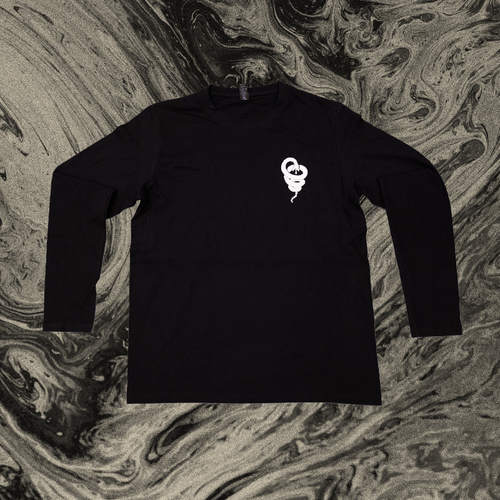How to choose a coffee - Country of origin
May 09, 2022
Orders Triple Co
Have you wandered into the world of speciality coffee, and found yourself lost amongst all the varieties of coffee, not knowing where to start when looking for your ideal bean? Then this blog post is for you.
.

.
Before we get into this, we're going to keep this simple. There are outliers, and many other factors than can make the odd special Brazilian coffee taste like a Kenyan, but we're not going to get into that (just yet).
.
The way we see it, there are a few main factors that impact the more obvious characteristics of a coffee. The first we're going to focus on, is the country of origin.
.

.
Usually when we're looking for a new coffee for our offer list, we'll look to certain countries or regions of the world when looking for a certain flavour profile. Coffees from the same country often share distinct qualities, due to environmental factors and farming practises that have been passed down through generations. Many practices have been shaped by the way coffee is grown in those locations, methods that have been perfected over many years to get the best from those particular coffees. Other practices have been shaped by the resources available. For example, Brazil struggle with water shortages, and so most of their coffee is processed using the 'natural' method.
.
This is a topic we could talk for yonks about, from the soil the coffee trees are grown in to the variety of trees themselves. But most importantly, what does this mean to you as the consumer?
.

.
As a rule of thumb, African coffees tend to display more fruity and floral characteristics. Ethiopian coffees have become popular for their wild diversity of complex flavours, ranging from wild berries to tea-like florals. Whereas Kenyan's have become popular for their notes of blackcurrant and tart acidity.
.
On the other side of the spectrum we have coffees from the Americas. Central American countries produce coffees of a more subtle fruity tone, often boasting flavours of honey, molasses. A more mild acidity with a round sweetness. Southern American countries tend to showcase a more full & chocolatey tone. From sweet caramel notes to bolder nuttier flavours, which are often associated to coffees from Brazil.
.
Coffees from Asia, like Indonesia & India typically showcase a profile of dried fruits, and occasionally interesting spices on the finish. However we've seen a real change in the past few years we've seen (and tasted) some incredible coffees from China & Myanmar, with ripe fruity sweetness & delicious clean balance.
.
There will be variations from country to country, and from region to region within those countries, but most of the time a coffee can be generally tracked back to its origin country just from the flavour profile itself. So our recommendation, is when you find a coffee you generally like the flavour of, make a note of where it's from. Often coffees from the same country will taste similar, depending on other factors such as processing (which we'll go into more in another blog post). If you're feeling funky, try a neighbouring country, you might find a flavour profile you enjoy more, and gradually you'll build up an understanding of what coffee you'd like for specific moods & occasions.





